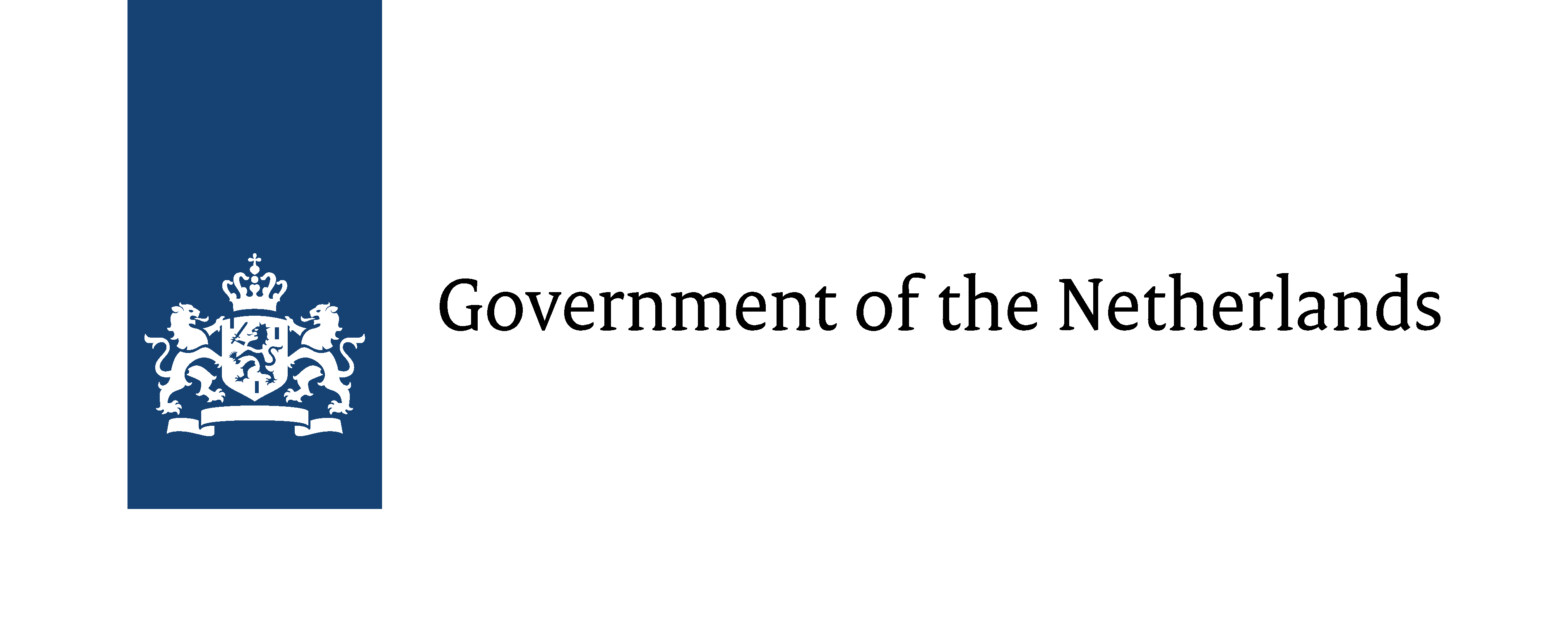Reflecting on the national past
In addition to its own rich culture, a small country such as the Netherlands has extensive, and often centuries-old, foreign connections; often as a result of trading partnerships. For this reason, the common cultural heritage regarding knowledge of the history of the Netherlands and insight into the political developments of the past is also important for the countries that share this heritage. Heritage is not a forgotten and dust-covered past kept in archives, but is increasingly becoming an entity that is vitalised by virtual technology. Social media on the Internet increase access to and knowledge about our heritage. They can also help in tracking down art and cultural objects that were once unjustly appropriated, allowing these to being returned to their country of origin.
The Netherlands undertakes cooperation with many countries, but has indicated eight priority countries with which it has traditionally maintained cultural/historical ties: Brazil, Ghana, India, Indonesia, Russia, Sri Lanka, Suriname and South Africa. The Dutch ministries of Foreign Affairs and Education, Culture and Science make appointments and agreements concerning collaboration with these countries. These serve as the basis for long-term country-specific programmes whose mutual cohesion is intended to make the implementation of the policy more focused, structured and effective. A number of projects are running in Europe, such as the CM 2.0 project (Collections Mobility for Lending for Europe 21st Century) in which cultural heritage is also made tactile in the form of the mobility of collections between museums, the EU Heritage Awards from Europa Nostra, and the EU Heritage label that is being created to strengthen the feeling of citizens that they are ‘part of Europe’. Besides this, there are also many initiatives related to the large streams of immigrants to the whole of Europe from Turkey and Morocco.
Requests from ‘non-priority’ countries are also honoured for varying reasons, such as from Australia, with which the Netherlands also shares a migration history, or from the SieboldHuis, a museum housing Japanese treasures that teach us a great deal about the history of Japan, as collected by the German Philipp Von Siebold. It is noteworthy that celebrations such as those for 400 years of trade relations between Amsterdam and New York (2009) or those planned for 2012 with Turkey can also occasion the organisation of special events.
The philosophy here is that by maintaining, managing and utilising this heritage, as well as rendering it as visible as possible, we can encourage critical reflection on our own past. This concerns culture in the broadest sense: regional development, agriculture and history, such as when factory sites or fortifications are given a new post-industrial or post-historical heritage designation as cultural-touristic sites. An example of the latter is the celebration of Ruhr European Capital of Culture in 2010 during which two of the topics are the approach towards cultural diversity and declining population. Cultural identities are brought into even sharper focus when volunteers are involved as assistants or as experts with first-hand experience. After all: each of us is an ingredient in our own culture, and together we form the guarantee that heritage will always be a living entity.

